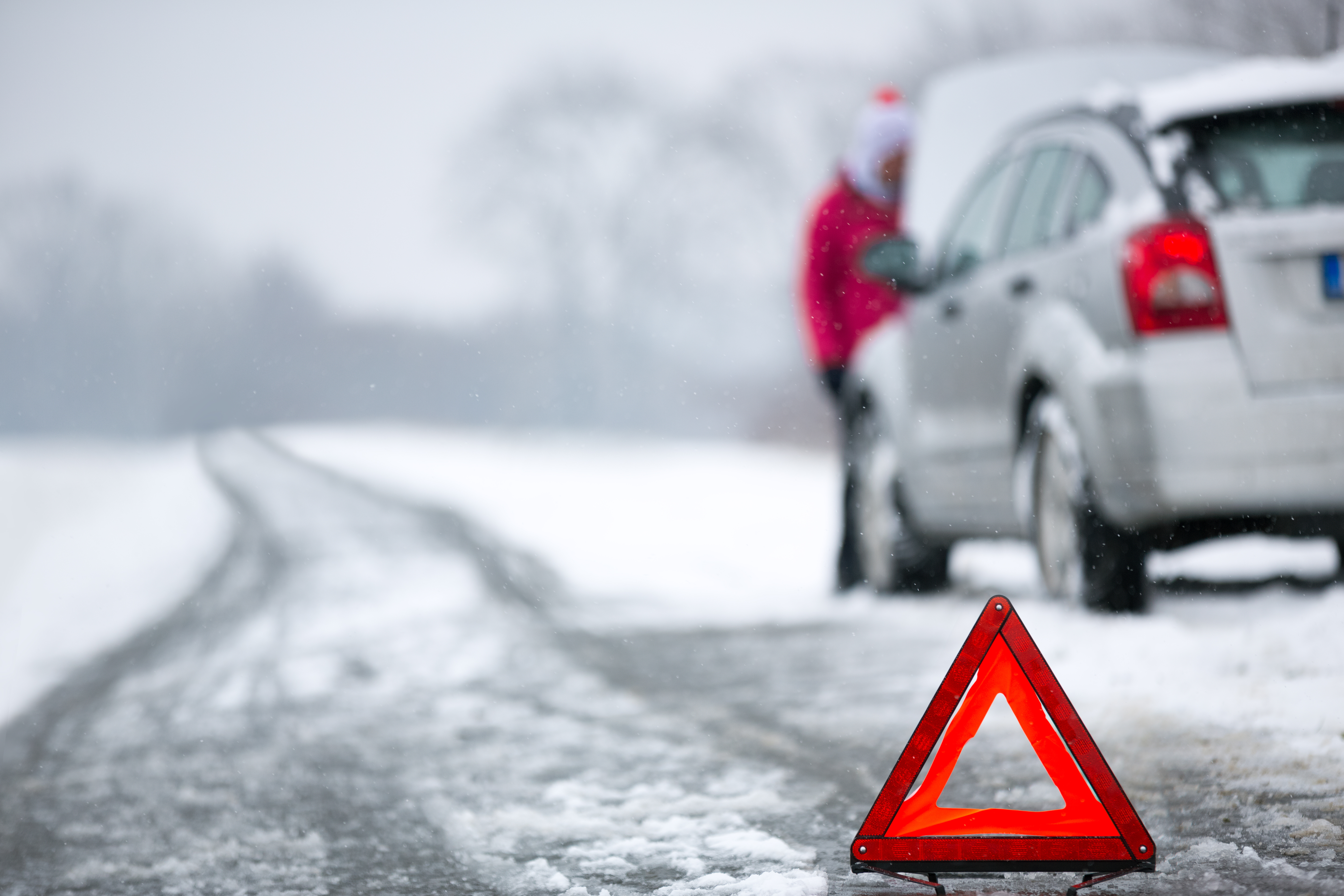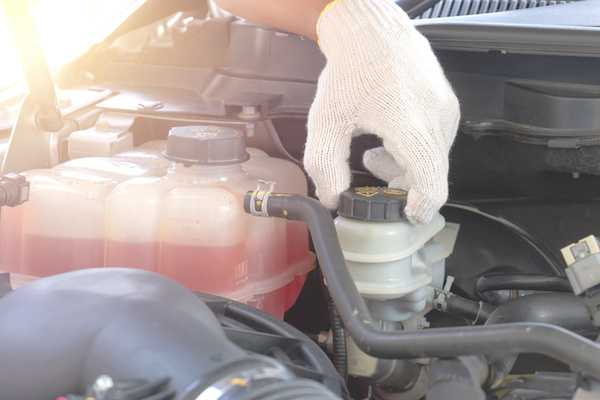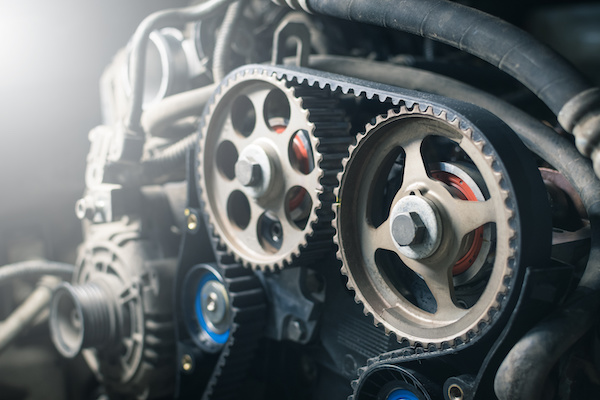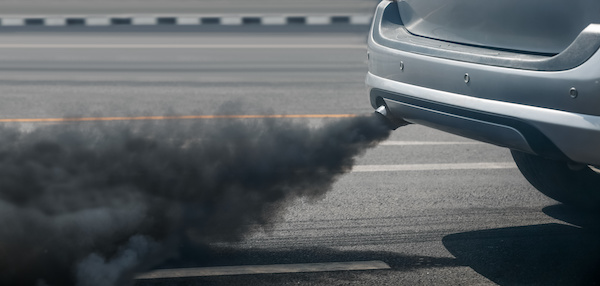Posted on 12/22/2021

If you're a driver, you need to know what precautions you can take to keep yourself and your car safe in the winter, and what to do if you find yourself in a situation where you're stranded. A crucial consideration when planning a drive in hazardous conditions is whether or not the trip is really required. It is very risky to drive on ice roads with low visibility, so if you don't need to go out of the house, stay put. If you must go outside, though, here are some pointers to keep in mind. Make sure your car is ready Before you go on your vacation, do a few quick maintenance checks on your vehicle to make sure it's ready for the elements. In fact, it is a legal obligation to have a good vision of the path ahead before you drive so your vehicle windows aren't coated in snow. In addition to defrosting the windshield, clean the snow from the headlights, roof, and the rear windscreen heater. It's possible that the windshield wipers have frozen to the glass and m ... read more
Posted on 11/29/2021
.jpeg)
Brake pads are absolutely necessary to your vehicle's safe operation. So, when one set of pads wears down quicker than the other, it's more than just an annoyance. It's a problem that can cause you to spend more money than you need to. Front and rear brake pads naturally wear abnormally. When your vehicle is moving, more strain is put on your front brakes, which can cause them to wear faster than your rear brakes. However, the problem is more complex if your brakes are wearing differently on the right vs. left side. Below are three common causes of this type of uneven wear: Problems with Brake Caliper The brake caliper's task is to press the brake pads against the rotors, causing your car to stop. Sometimes, the brake calipers can get stuck, which causes the brake pads to cling onto the rotors and wear them down faster. Uneven Surface on Rotors In some conditions, brake rotors can also wear unevenly, causing disc thickness variation. This can be due t ... read more
Posted on 10/28/2021

The short answer to the question is: Yes! Brake fluid does go bad. Your brake fluid is held inside a sealed system, and most of the time, it will last you at least a couple of years. However, moisture in the surrounding air can seep into the lines and other brake system parts, or components can wear out and cause a fluid leak. Since your fluid likes to absorb water from the air, it will lower its boiling point and reduce its stopping capabilities. Furthermore, the moisture can also cause internal corrosion in brake lines, calipers, cylinders, and other components. This is why it is crucial to maintain your brake fluid by getting it flushed. How Long Should Brake Fluid Last? Once it's in your vehicle, the longevity of brake fluid depends on various factors like the car, the fluid type, and the operating environment. For instance, cars driven in high humidity areas may need more frequent fluid changes or flushes as there's more moisture in the air. Likewise, race cars a ... read more
Posted on 9/28/2021

While you may not see or interact with your car's timing belt every time you drive, it plays an essential task in the mechanics of your vehicle. The timing belt is an engine piece that rotates the engine's cam and crankshaft to be in sync. The strap makes sure every cylinder fires at the right time. These rubbery components can be found under a timing cover near the front of the engine. Like any other equipment that goes under a lot of strain and pressure, a timing belt will lose its efficiency over time. It is best to look in your owner's manual or consult with a certified professional for advice when it is best to replace your timing belt or chain. Otherwise, a snapped timing belt will cause your engine to fail entirely and possibly bring down other parts of the engine. It is vital that you replace the rubbery at the first warning signs. Seven years is the maximum life of the timing belt advised by most manufacturers. Regardless of miles, the timing belt ... read more
Posted on 8/30/2021

While it may be daunting to see exhaust smoke spew out of your tailpipe, not all smoke is bad. In fact, you can determine whether it is a problem or not by looking at the color of the fumes. The color of your exhaust emission can give you a good insight into what is going on inside your car or truck. Your exhaust smoke can be the following colors: gray, blue, black, or white. Gray Smoke: Gray exhaust smoke is the rarest case of them all. However, it can be more challenging to diagnose. If the smoke is a solid gray color, then it may mean that your transmission fluid or engine oil is combusted. It is imperative to have your vehicle assessed by a trained technician to determine if you need any repairs. Blue Smoke: Blue exhaust, similarly to gray, indicates that oil is burnt. The first thing you should do is inspect your oil levels. While you examine the oil, check for any signs of leakages around your vehicle. Leaks can be produced by leaky valve seals, broken pis ... read more